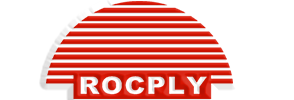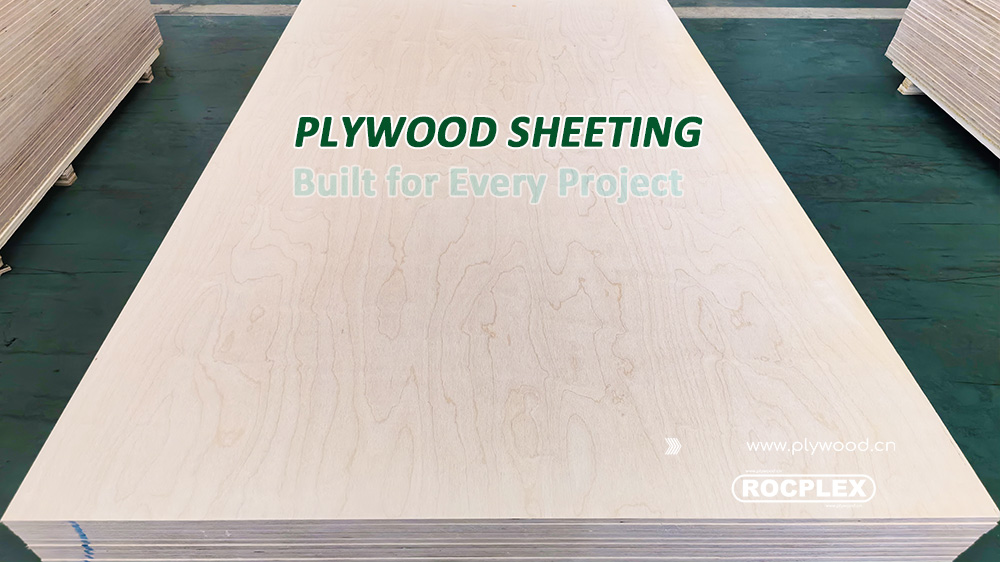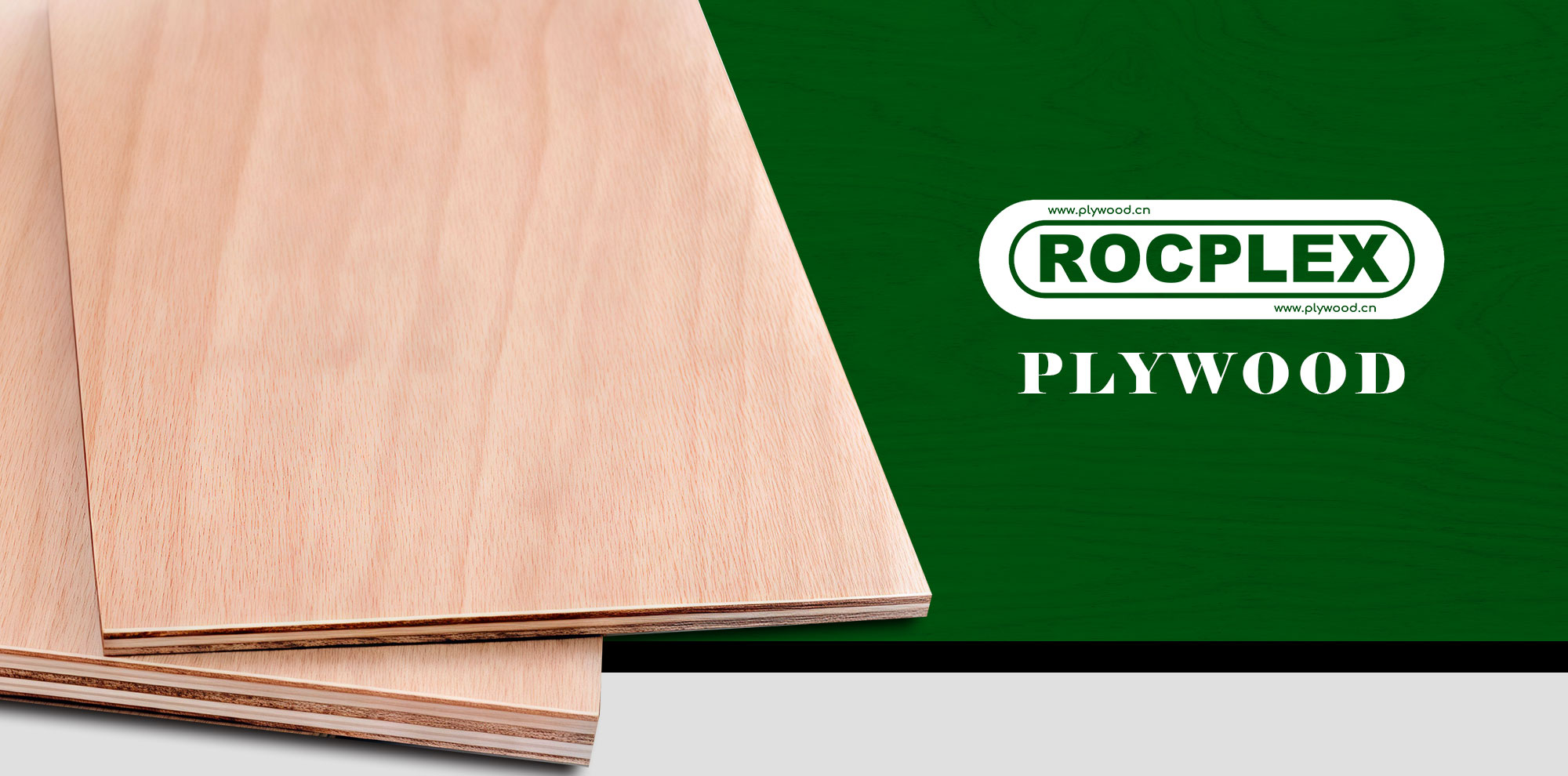What is Plywood Sheeting?
Plywood sheeting is a flat wood panel composed of multiple thin layers of wood veneer. Each layer is bonded with high-strength adhesive and rotated 90 degrees relative to adjacent layers. This cross-grain design enhances strength, reduces expansion, and limits warping. Plywood sheeting comes in various grades and core types, tailored for construction, furniture, and industrial use. It is known for its strength-to-weight ratio, screw-holding capacity, and stable surface. Whether for structural applications or interior décor, plywood sheeting is a material professionals trust across industries.
Plywood Sheet: The Industry Workhorse
When it comes to construction materials, few products are as dependable as plywood sheeting. It supports everything from home renovations to high-rise builds.
The secret to its performance lies in its layered construction. By alternating the grain direction of each veneer, the board becomes rigid and less likely to split.
Builders use plywood panels for subfloors, walls, and roofs. Furniture factories rely on plywood board for strength and ease of machining. Its flexibility and load-bearing power make it a staple in global building projects.
Applications Where Plywood Sheeting Excels
Plywood sheeting suits a wide range of industries. Construction crews use structural plywood in walls, flooring, and formwork. Its strength and resilience make it ideal for bracing and scaffolding decks.
In furniture manufacturing, plywood panels become cabinet carcasses, drawer bottoms, or premium veneered surfaces. With hardwood plywood options, designers get strong, stable panels with the beauty of natural timber grain.
Exterior plywood is engineered to withstand moisture, making it useful for outdoor cladding, fencing, and sheds. Decorative sheeting serves as a foundation for laminates, foils, and veneers used in interior design.
Plywood Sheet vs. Other Wood Products
Why choose plywood sheeting over particle board or MDF? The answer lies in its layered structure and strength.
Unlike particle board, plywood holds screws better. It doesn’t crumble under stress and resists bending over time. Compared to MDF, plywood sheeting stands up to moisture and heavy loads.
While MDF is smoother, plywood wins when strength and durability are top priorities. It also weighs less than fiberboard panels, which helps with handling and transport.
No matter the alternative, plywood offers an excellent balance of performance and price.
Advantages of Using Plywood Sheeting
Plywood sheeting provides multiple advantages for both professionals and DIY users.
Structural Strength – Ideal for load-bearing walls and floors.
Dimensional Stability – Less prone to expansion and contraction.
Surface Versatility – Works with paint, veneer, and laminate finishes.
Wide Grade Range – Options for structural, decorative, or general-purpose use.
Easy Handling – Lightweight and simple to cut or machine.
This combination makes plywood board a trusted material across demanding industries.

Key Features in High-Quality Plywood Sheeting
Not all plywood panels are the same. The best-performing plywood board starts with quality core material.
Core options include poplar, eucalyptus, birch, or mixed hardwoods. Faces may be finished in B-grade or C-grade, depending on the application.
A-grade hardwood plywood is used for furniture and cabinetry. C/D construction plywood suits subfloors and temporary structures.
Waterproof adhesive is used in exterior plywood to improve weather resistance. Film-faced variants are used in concrete formwork, offering reuse and smooth concrete finishes.
Addressing Buyer Pain Points with Better Plywood Sheet
Common problems in the plywood industry include core gaps, delamination, inconsistent thickness, and moisture swelling.
We tackle these issues through strict raw material control, optimized pressing, and advanced calibration. Our boards are machine-sanded for smoothness and cut to tight tolerance.
Our waterproof plywood options pass boil tests and resist edge swelling. Customers receive consistent thickness and bonding across all sheets.
By solving pain points with better production, we make plywood sheeting that professionals can rely on.
Plywood Sheeting and Sustainability
As green building practices rise globally, plywood sheeting stands out for its eco-friendly profile. When sourced from responsibly managed forests, plywood is one of the most sustainable building materials.
It uses thin veneers of timber, meaning more surface area is harvested from fewer logs. Many plywood boards are made using plantation-grown species like poplar or eucalyptus, supporting renewable resource cycles.
Additionally, modern production methods use low-VOC adhesives and formaldehyde-free options. These improvements make plywood panels safer for indoor use, especially in residential, commercial, and institutional projects.
When certified by FSC or PEFC, plywood sheeting becomes a strong candidate for projects requiring LEED or Green Star compliance.
Plywood Sheeting for Global Markets
Different regions demand different standards. Our plywood sheeting lineup is built to meet all major international requirements.
In Australia, we provide structural plywood that complies with AS/NZS 2269 for bracing and flooring. In Europe, plywood panels meet EN13986 with CE marking and emission class E1 or CARB P2 for indoor air safety.
For North American clients, our plywood board options meet APA standards, with options available in softwood or hardwood cores. We offer MR, WBP, and phenolic glue types to match diverse climate and use conditions.
From small retailers to global importers, we tailor specs to match customer needs and regional norms.
Packaging, Handling, and Export Logistics
Plywood sheeting may look simple, but how it’s handled matters. Poor packaging leads to warping, moisture damage, or chipping during transit.
That’s why we wrap all plywood panels with moisture-proof film, reinforce corners with edge protectors, and pack them onto export-grade pallets. For high-value hardwood plywood, we offer vacuum-sealed packaging for added surface protection.
We also provide mixed-container services. Need to combine structural plywood, decorative plywood, and film faced plywood in one order? Our warehouse team handles it with precision.
With decades of experience in global trade, we support full container loads (FCL) and less than container loads (LCL) to ports worldwide. Documents, certificates, and loading photos are provided for every shipment.
Custom Options for Plywood Sheeting
Not every buyer wants standard specs. We offer customized plywood board solutions to meet diverse project demands.
Cut-to-size plywood panels: Reduce waste on-site.
Custom face veneers: Including Bintangor, Okoume, Birch, or Red Hardwood.
Grooved or CNC-machined sheets: For formwork or modular wall systems.
Special coatings: From anti-slip film to melamine overlays or UV lacquer.
Clients in high-end furniture manufacturing often request A/A face hardwood plywood for premium cabinets and counters. Builders in formwork projects opt for black film faced plywood with WBP glue for durability and reuse.
We work closely with clients to match plywood sheeting to their exact needs.
Why Our Plywood Sheeting Stands Out
Plywood might be a basic product, but our approach is anything but.
We invest in high-precision pressing lines and fully automated veneer grading. Every batch is moisture-balanced, pressed under uniform pressure, and calibrated to strict tolerances.
Our technical support team assists with installation guides, load-bearing calculations, and finish compatibility. Whether you’re a wholesaler in Dubai or a contractor in Melbourne, you’ll find consistency, service, and quality in every shipment.
We don’t just sell plywood panel—we deliver dependable performance.
Plywood Sheeting for Furniture and Interior Design
More designers and architects are choosing plywood sheeting over solid wood or particle board.
Why? It balances strength, beauty, and sustainability. Furniture-grade plywood with decorative veneers brings natural wood grain into modern interiors. It works perfectly for wall panels, wardrobes, tables, and even seating systems.
Because of its cross-layered core, plywood resists shrinkage and expansion. That makes it ideal for modular furniture and joinery where precision and stability are key.
Plywood board is also easy to machine, finish, and assemble—making it a smart choice for both mass production and custom fabrication.
Why Plywood Sheeting Remains Essential
In an industry flooded with options, plywood sheeting continues to lead for good reason.
It combines strength with flexibility. It adapts across industries and climates. It works well in both heavy-duty construction and high-end interiors. It’s cost-effective, eco-conscious, and backed by decades of proven performance.
From structural plywood used in scaffolding to hardwood plywood for elegant spaces, one thing remains constant—quality plywood sheeting supports the world we live and build in.
Our mission is simple: deliver plywood panels that outperform expectations, every time.
Post time: May-05-2025



